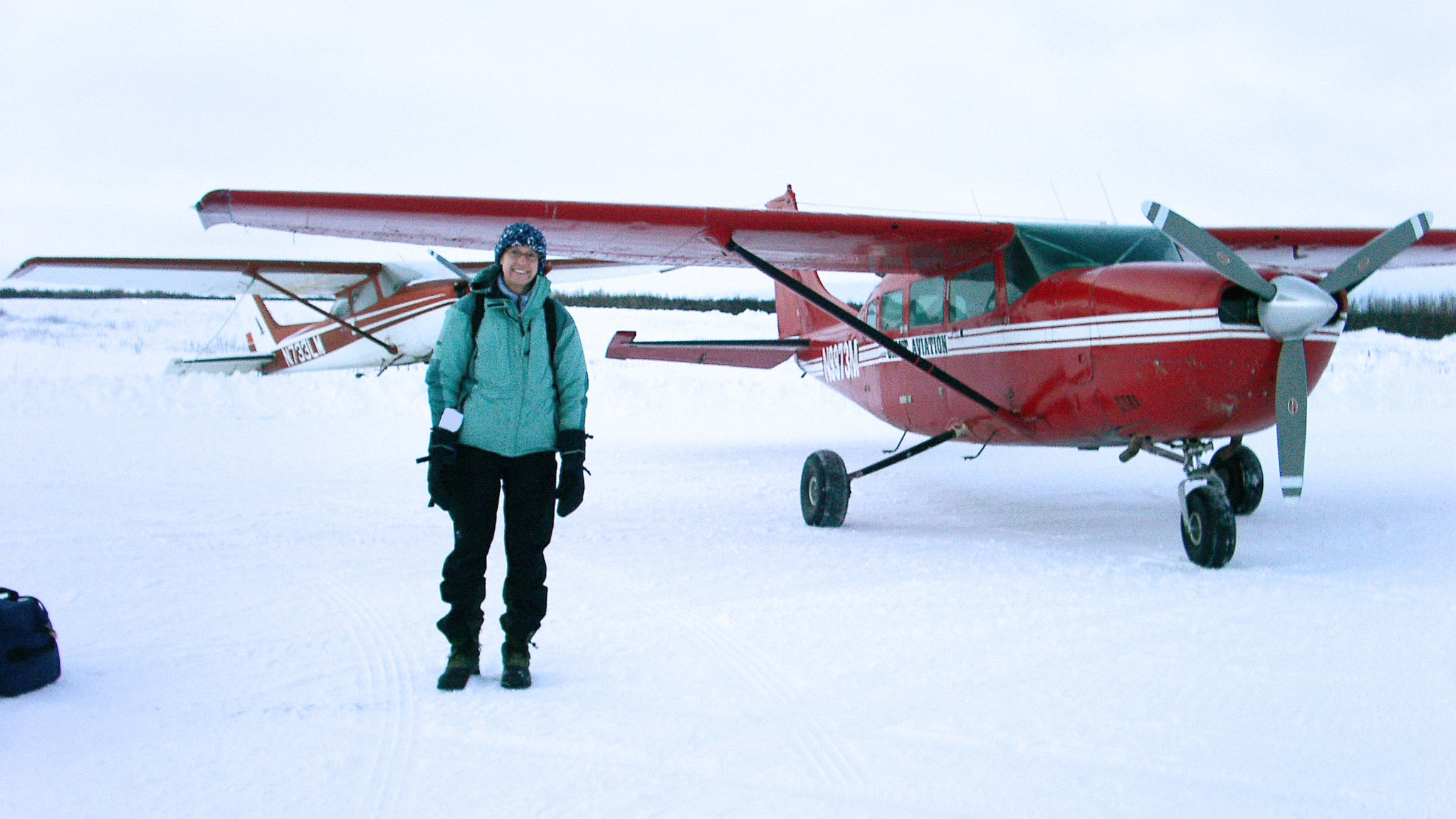Key points
- AIP helps build a healthy Arctic region where people are protected from emerging infectious disease threats.
- AIP conducts surveillance and public health research, responds to outbreaks, and guides prevention and control efforts.
- AIP works with more than 20 hospitals and clinics across Alaska to monitor diseases and improve health outcomes.

Public Health Disease Monitoring in Alaska
AIP conducts public health disease monitoring (surveillance) in Alaska to monitor for diseases that disproportionally affect people in the Arctic region. AIP works with more than 20 hospitals and clinics across Alaska to monitor these diseases. The AIP laboratory provides confirmation testing for select diseases and monitoring for antibiotic resistance.
AIP monitors these and other types of invasive disease-causing bacteria and viruses:
- Haemophilus influenzae
- Streptococcus pneumoniae
- Neisseria meningitidis
- Groups A and B Streptococcus
- Helicobacter pylori detection from gastric biopsies
- Respiratory viruses such as respiratory syncytial virus (RSV)
- Hepatitis A, B, C

Outbreak Response
AIP employs a team of response-ready professionals with extensive experience in outbreak investigation, response and deployment. AIP actively investigates and responds to outbreaks at local, national and global levels, collaborating with the CDC Alaska Port Health Station, the State of Alaska, public health organizations, other federal agencies, and international partners in the Arctic region. AIP staff deployed to respond to significant outbreaks, including Ebola in the Democratic Republic of the Congo (2018), monkeypox (2022), Marburg virus (2023), COVID-19 (2020-22), Oropouche and Dengue viruses (2024).
Circumpolar Health Protection
Alaska also participates in the International Circumpolar Surveillance system, a surveillance network of circumpolar countries. By sharing surveillance information with other circumpolar regions, AIP receives information about new and possible infections in the Arctic region. The rates of many infectious diseases are much higher among the Alaska Native population than among non-Alaska Native populations within this region. Many remote and rural communities in Alaska lack running water or sanitation services, have limited access to health care, and are susceptible to emerging infectious diseases. AIP works closely with its partners to improve health outcomes in the Arctic region and Alaska.
AIP Lab Capacity
AIP can quickly track pathogens while working in the field, due to technological advances in Whole-Genome Sequencing (WGS). AIP uses tools that can operate on laptop computers and smartphones, which allows for rapid results, even in arctic environments.
With support from CDC’s Advanced Molecular Detection Program, AIP has used this technology to respond to outbreaks such as Ebola, Zika, monkeypox, and other viruses.
Alaska Area Specimen Bank
The AIP laboratory maintains the Alaska Area Specimen Bank. This is a repository of more than 700,000 samples collected during public health research in Alaska dating back as early as the 1960s. The Specimen Bank is co-managed by CDC and Alaska Native partners to ensure the ethical conduct of research and the best use of the specimens.
Addressing Emerging Infections
AIP collaborates with Arctic partners on public health surveillance and research initiatives to help address emerging infectious disease threats. AIP and the Alaska Native Tribal Health Consortium formed a One Health working group to enhance our understanding and response to the interconnected issues of human, animal, and environmental health. This group aids the Alaska Tribal Health System evaluate animal-to-human infectious threats and respond to environmental changes that could impact health. For instance, AIP scientists are investigating intestinal giardiasis, a disease that can be transmitted from beavers and may be spreading northward in Alaska.
